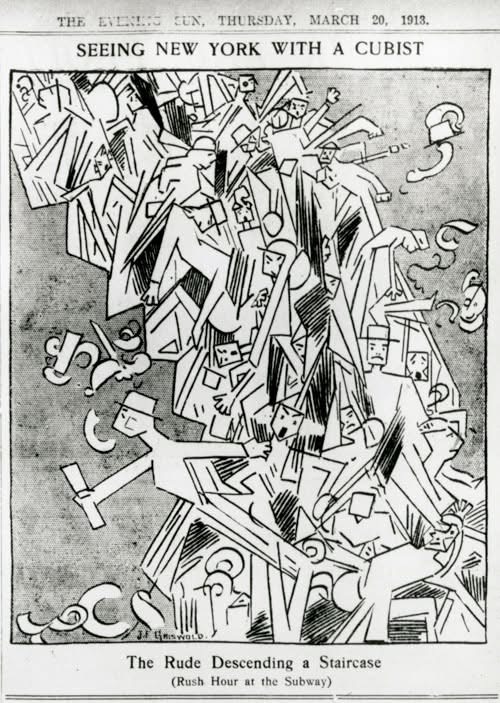チリのスタジオ
7月 2, 2025
チリのカトリカ大学の大学院修士ディプロマスタジオの課題文ができた。 「共に生きる」ために「運動(kinasthese)」が生み出す「リズム(idiorhysthmy)」を建築的に調整することを考えるスタジオである。 共に生きる 1977年1月から5月にかけて、フランスの哲学者ロラン・バルトは、コレージュ・ド・フランス(パリ)で「いかに共に生きるか:日常空間の小説的シミュレーション」と題する講義を行った。共存の可能性と個人とコミュニティの関係性を考察したバルトは、ギリシャ語のイディオス(私的、個人的な)とリトモス(日常、生活の秩序)を組み合わせた「イディオリズム」という概念に焦点を当てた。コミュニティとは、様々な構成員の生命のリズムが収束する場所であるとすれば、イディオリズムとは、自分自身の人生における個人的なリズムを確立する可能性、つまり、外部環境や生命の欲求と絡み合いながらも、それらにのみ限定されることのない、意図的で意識的なリズムである。 リズムとは、規則的な出来事の連続、秩序ある動き、そして建築とは、その動きを秩序づけ、際立たせる可能性であると理解できる。建築の認知もまた、動きによって影響を受け、定義づけられます。人々は視覚、触覚、聴覚を通して建物を認識します。認知には静的な認知と動的な認知の2種類があります。前者はモダニズムの認知、つまりカメラの認知です。私たちは後者、より現代的でありながらも長い歴史にも関連する認知に焦点を当て、運動感覚(キネステジア)という概念を通して考察します。キネステジアは歴史的慣習や慣習的な行動と関連しており、学ぶことができます。このスタジオは、コミュニティ、リズム、そして動きの関係性について考察するための機会であり、「家」(最も広い意味で)を、これらの関係性が明らかになる最初の場所と捉えることです。 Living Together. Between January and May of the year 1977, the French philosopher Roland Barthes taught a course entitled "How to live together: novelistic simulations of some everyday spaces" at the Collège de France (Paris). Reflecting on the possibilities of coexistence and the relationships between individuals and community, Barthes focused on the concept of idiorrhythmy, "something like a solitude interrupted in a regulated manner", combining the Greek words idios (private, personal) and rythmos (routine, order of life). If the community is the place where the vital rhythms of its various members converge, idiorrhythmy would be the possibility of establishing a personal rhythm for one's own life, a deliberate and conscious rhythm, intertwined with external circumstances and vital needs, but not exclusively defined by them. We could understand rhythm as a regular succession of events, an ordered movement, and architecture as the possibility of ordering, and highlighting, that movement. The cognition of architecture is also affected, and defined, by movement. People perceive buildings through their senses of sight, touch, and hearing. There are two types of cognition: a static perception and a moving perception. The first is the perception of modernism, that is, the perception of the camera. We will focus on the second, more contemporary, but also related to the long history, through the concept of kinesthesia, the sensation of movement. Kinesthesia is related to historical customs and conventional behavior, which can be learned. The studio is an invitation to reflect on the relationships between community, rhythm, and movement, understanding the "house" (in its broadest sense) as the first place where these relationships are revealed.
